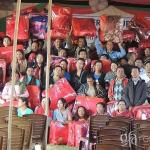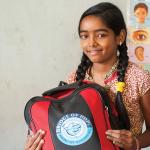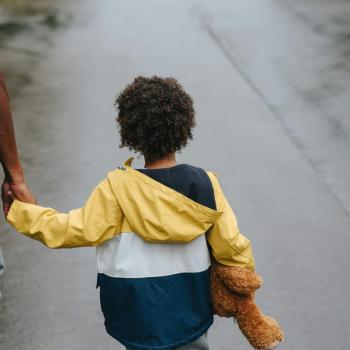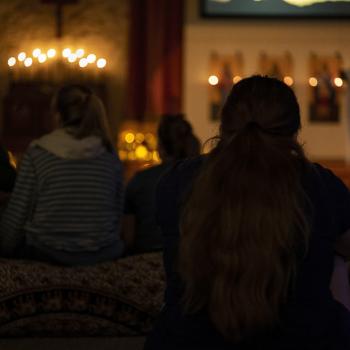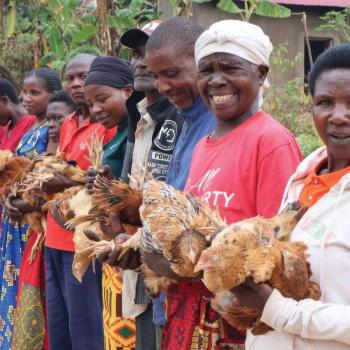literWills Point, Texas – Gospel for Asia (GFA) Special Report Part 1 – Discussing the impact of education on the eradication of extreme poverty and illiteracy.When considering the issues of poverty and lack of education, an old saying comes to mind: “Which came first, the chicken or the egg?”
Poverty and low education are each self-perpetuating: Those born into poverty (or illiterate households) often live the remainder of their lives in that same condition and have nothing more to offer their children.[1] What’s more, it is as if poverty and low education have a magnetic attraction, relentlessly pulling those who are caught in one cycle deep into the other too.
Why is that?
Kristina Birdsong, a writer for Scientific Learning, sums up the relationship between poverty and education by saying,
“Today more than ever, education remains the key to escaping poverty, while poverty remains the biggest obstacle to education.”[2]
Let’s look at one example:
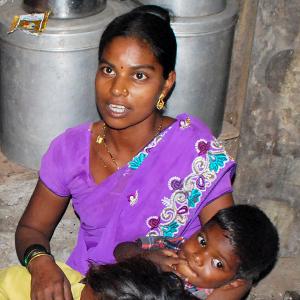
Dayita is a mother in Asia living with four children. Poverty and illiteracy permeated her village and her life. Dayita’s husband had consumed so much alcohol that he became too sick to work or even get out of bed, which meant Dayita had no choice but to be the family’s sole breadwinner.
But she was illiterate.
What job opportunities did she have? Manual labor. She and many other illiterate women in her area collected firewood from nearby forests and sold it to provide for their families. It was physically taxing work that kept her from being with her children and still paid very little. But it was all she could do.
Dayita’s illiteracy and poverty set the trajectory of her children’s lives, too. The fight to obtain morsels of bread for their hungry tummies consumed all her strength; sending her children to school was not even something to dream about. And Dayita couldn’t teach her children anything of the alphabet or of mathematics, knowing none herself. Instead of going to school, her four kids roamed around the village, “cared for” by the eldest child, 7-year-old Kasni.
The cycles of poverty and illiteracy were continuing in Dayita’s family, and there was nothing she could do to arrest them.
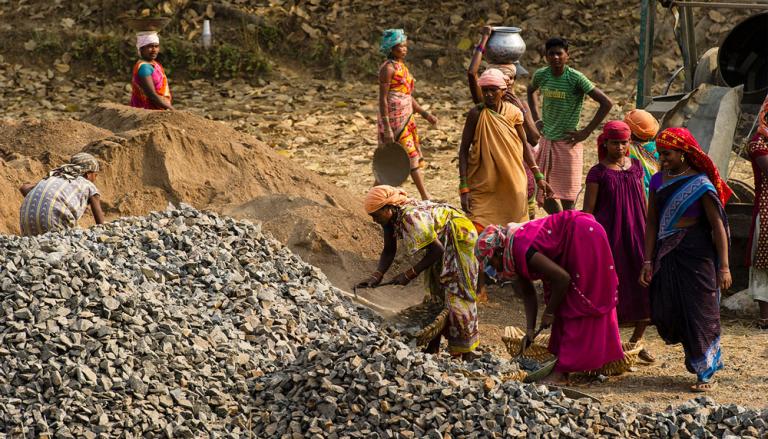
Poverty and It’s Pervasive Stranglehold
Dayita was not alone in her plight.
An estimated 767 million people lived below the poverty line of $1.90 per day in 2013, according to the UN.[3] In 2014, some 263 million children and youth were not attending school, and more than 70 percent of the out-of-school children who should have been in primary or secondary education lived in sub-Saharan Africa and Southern Asia.[4] In the United States, a report revealed that in 2014, “approximately 15 million children under the age of 18 were in families living in poverty.”[5]
KILLS DREAMS.
Many impoverished families know education is the long-term solution to their financial troubles, but it is out of reach. A family’s financial position influences more than you might think upon initial consideration.
The father who works from sunup to sundown seven days a week will have little time to mentor his children. The same could be said of the mother who labors in the fields all day.
During their most formative and vulnerable years, millions of children are left alone during the day to wander in their villages. Many will adopt poor social habits and learn nothing of respect or self-discipline. School is out of the picture for them; all the family’s energy must be focused on providing food and shelter.
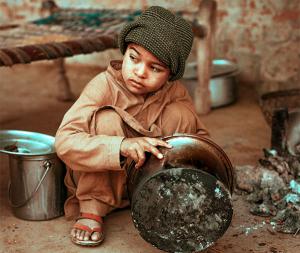
Often, a family’s financial plight is so desperate that even young children must contribute to the family income. For the roughly 150 million child laborers in the world,[6] there is no school, no delving into their nation’s history, and no adventuring to museums to learn about science and art.
No money means no food, which means malnutrition and increased health problems. No money means no doctor visits, and in the case of a medical emergency, no money may mean indenturing a child to work off the incurred debt after receiving critical treatment.
For the majority of children raised in poverty-stricken communities, the fruit of their harsh childhood is more of the same. When they become parents, they will raise their children as they themselves were raised—unless they can manage to find a way out, into a new way of life.
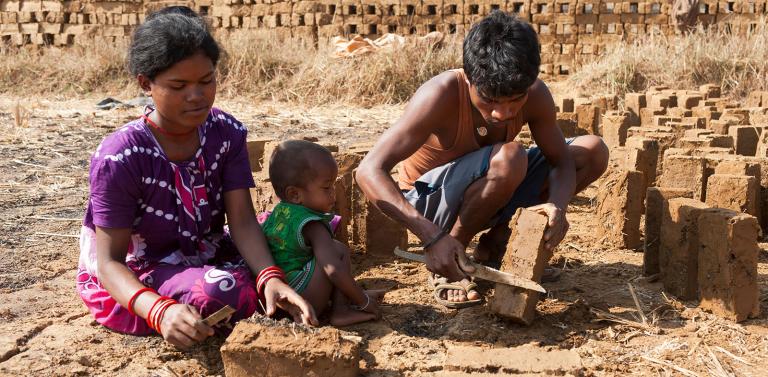
Solutions to Poverty Line Problems of the Poor & Impoverished: Part 2 | Part 3
This Special Report article originally appeared on gfa.org
To read more on the ongoing worldwide problem of Poverty on Patheos, go here.
Click here, to read more blogs on Patheos from Gospel for Asia.
Go here to know more about Gospel for Asia: Facebook | Youtube | Twitter | GFA Reports | My GFA
- [1] UNESCO. Teaching and Learning: Achieving quality for all. EFA Global Monitoring Report. 2014.
- [2] Kristina Birdsong. 10 Facts About How Poverty Impacts Education. Fast Forward. January 26, 2016.
- [3] UN Economic and Social Council. Progress towards the Sustainable Development Goals, Report of the Secretary-General. E/2017/66. May 11, 2017.
- [4] UN Department of Economic and Social Affairs. Sustainable Development Goal 4. June 2018.
- [5] National Center for Education Statistics. Indicator 4: Children Living in Poverty. July 2017.
- [6] WE Charity. Child Labor. June 2018.



